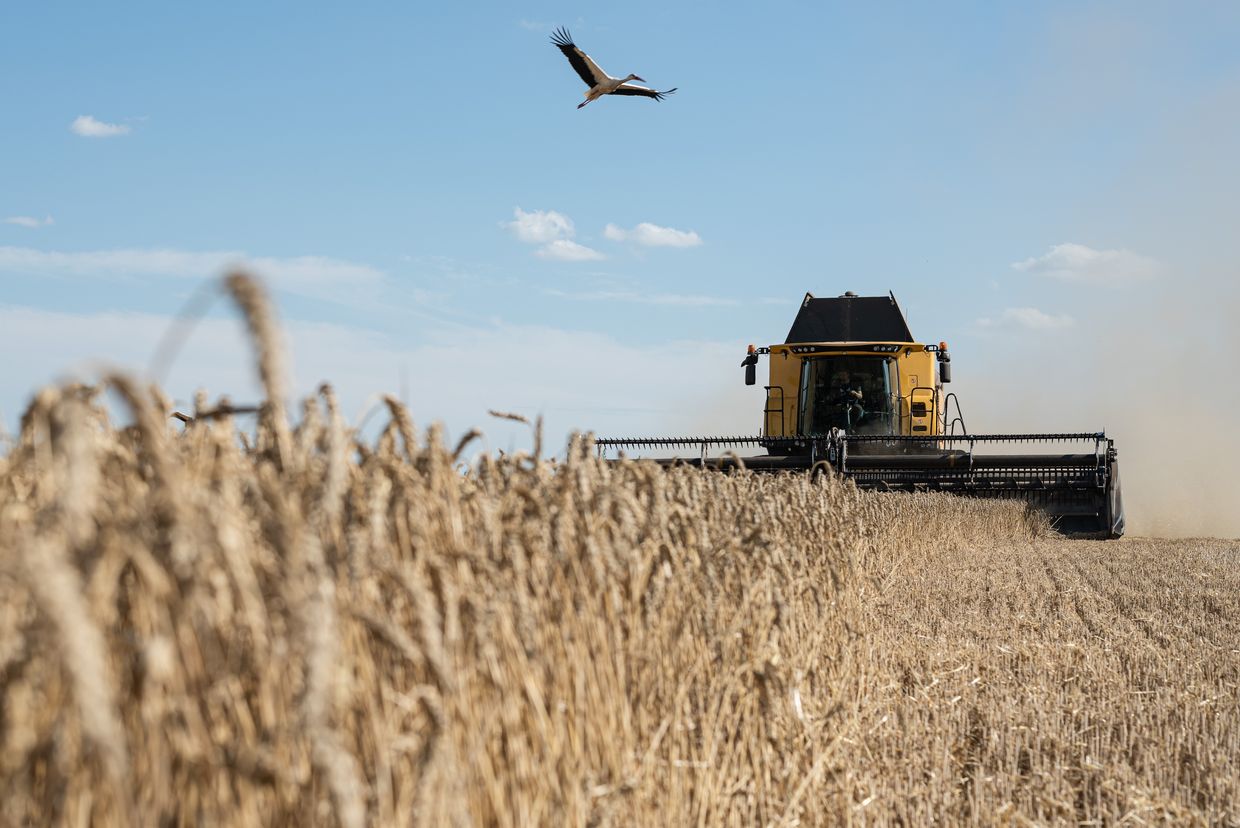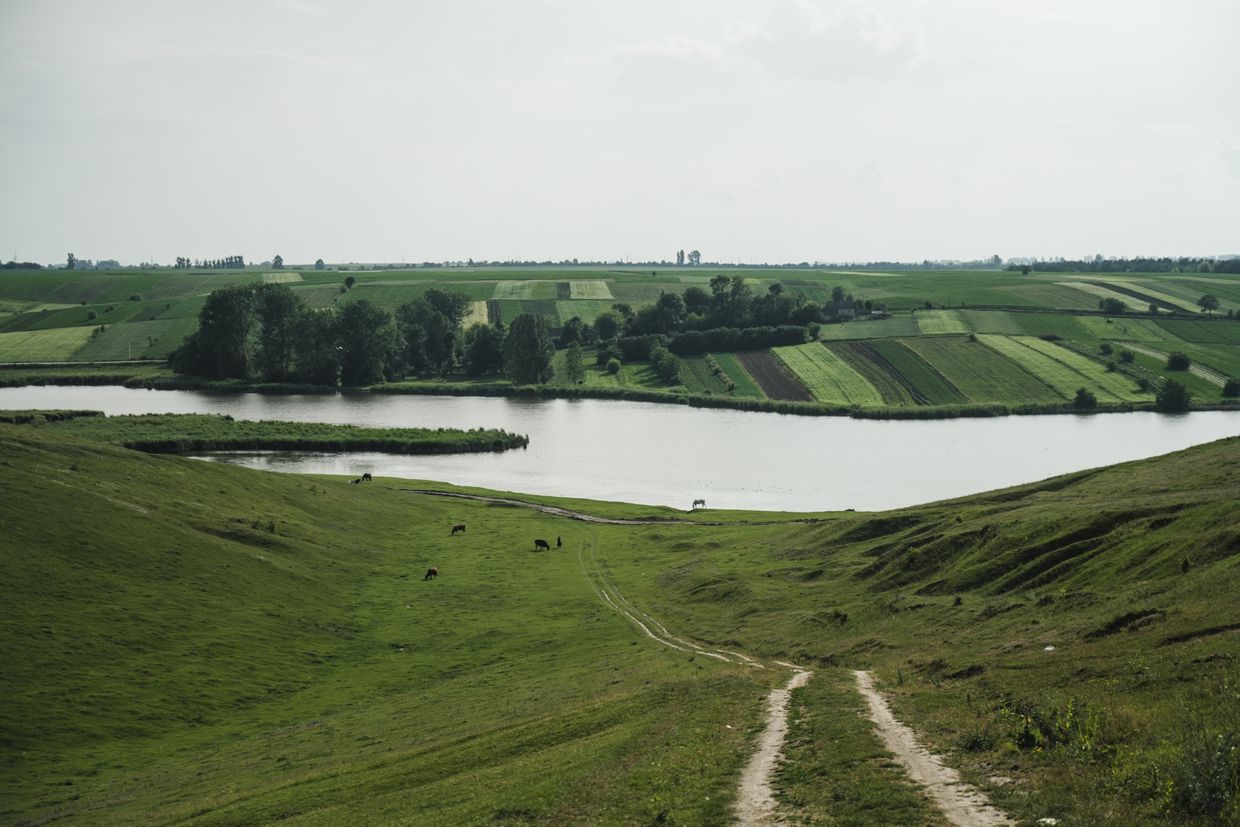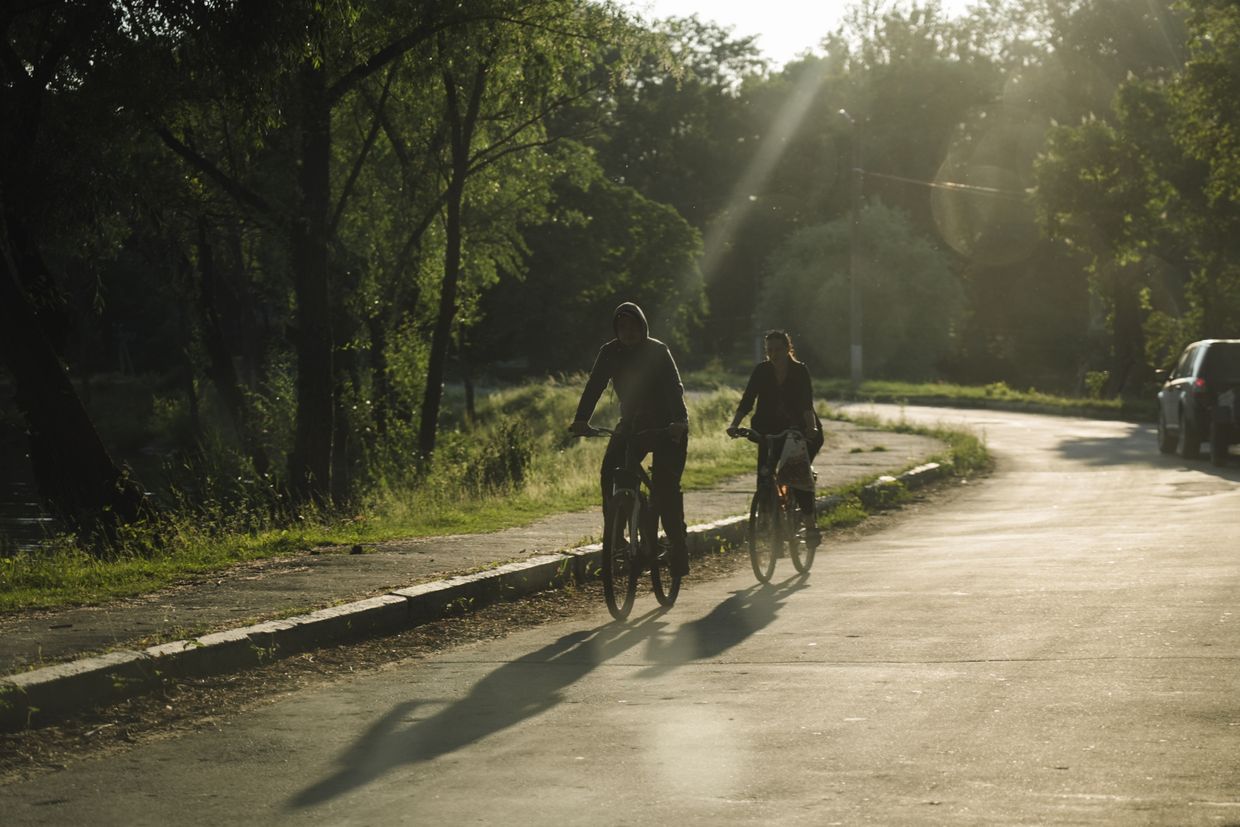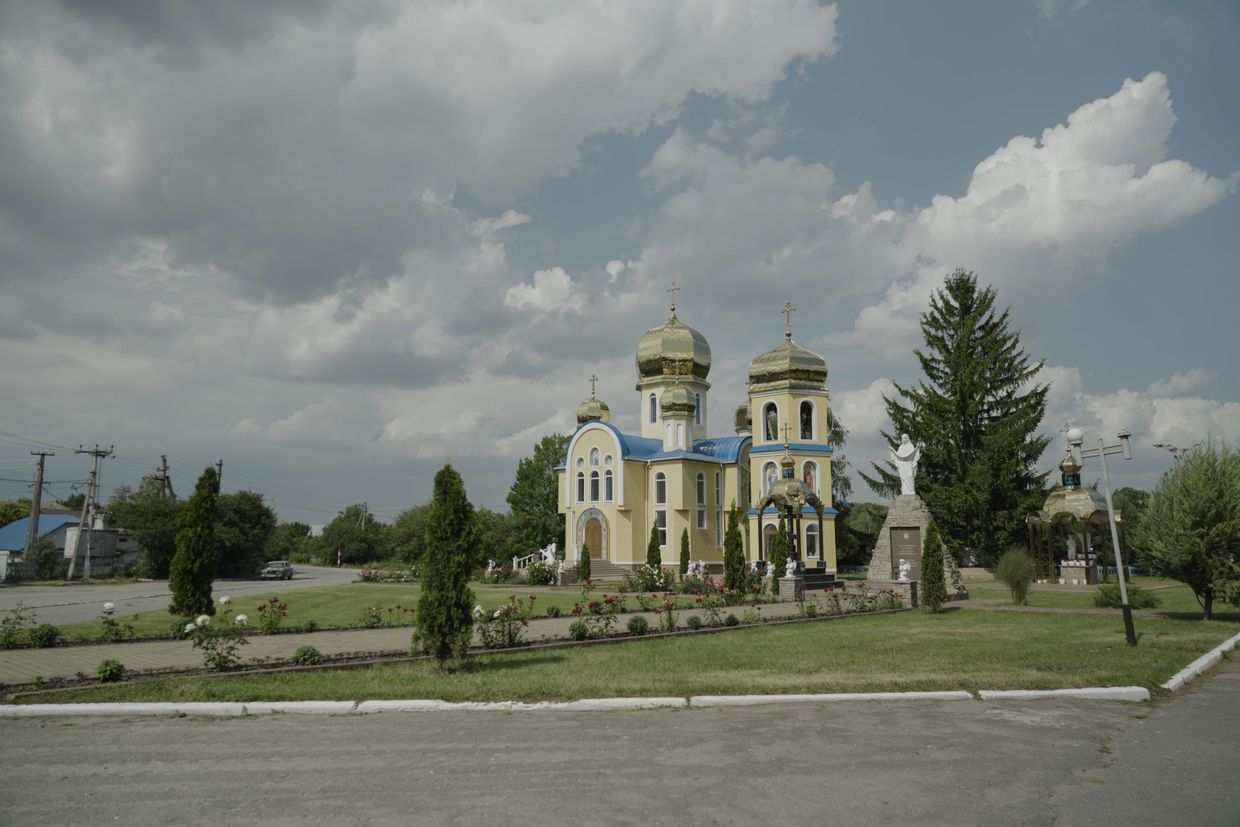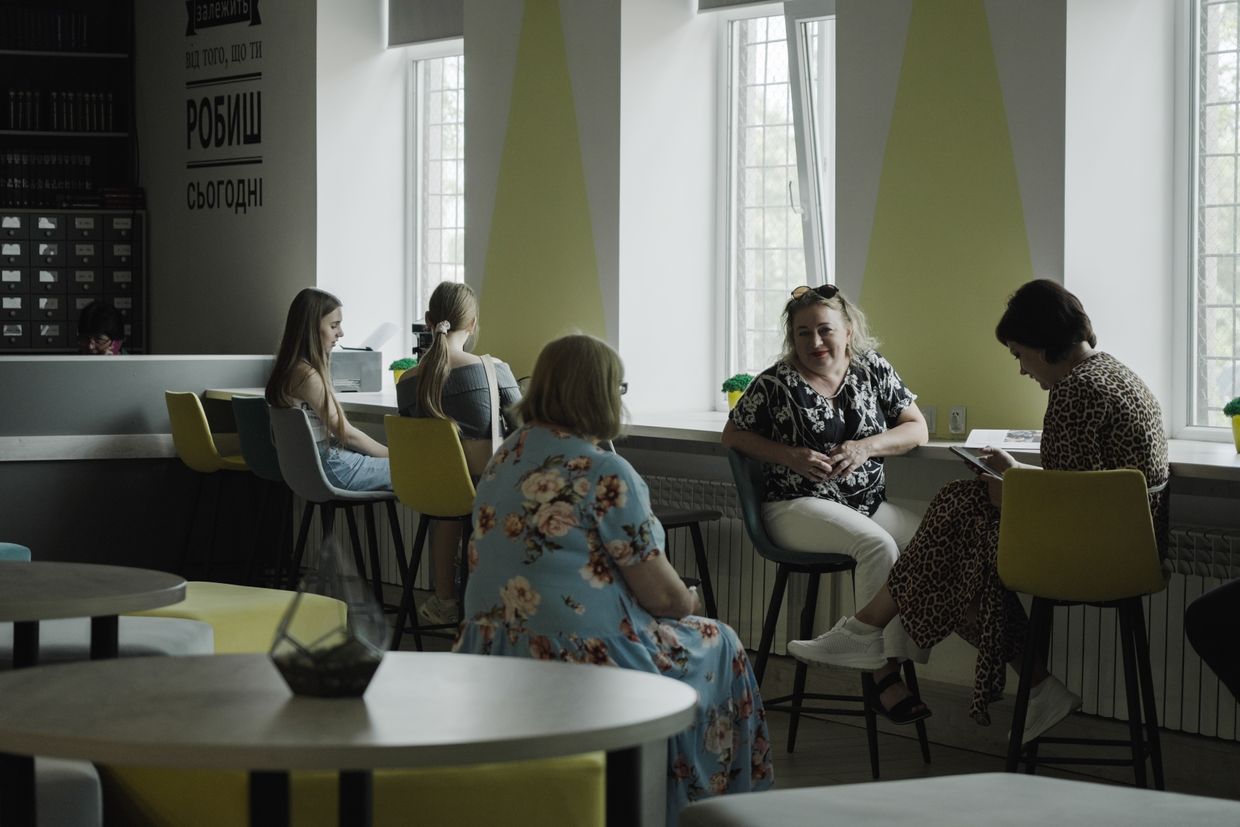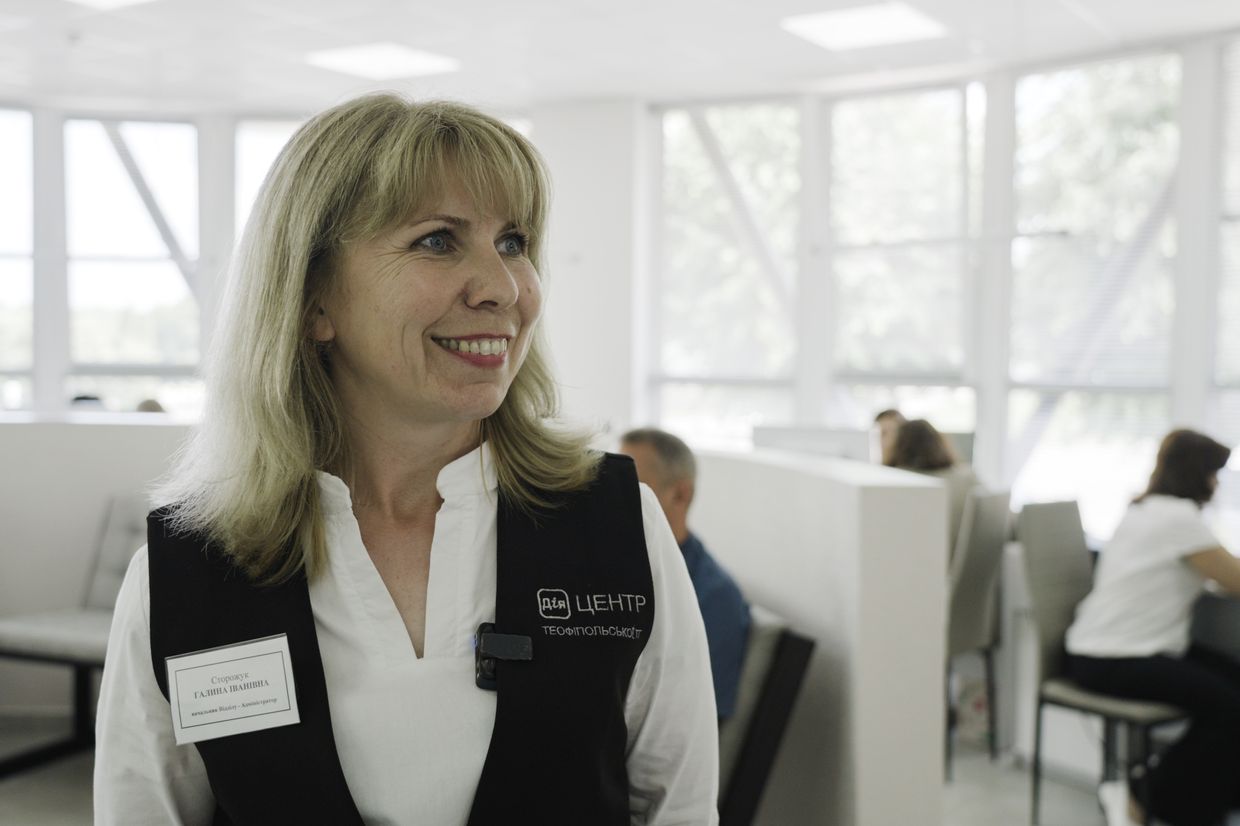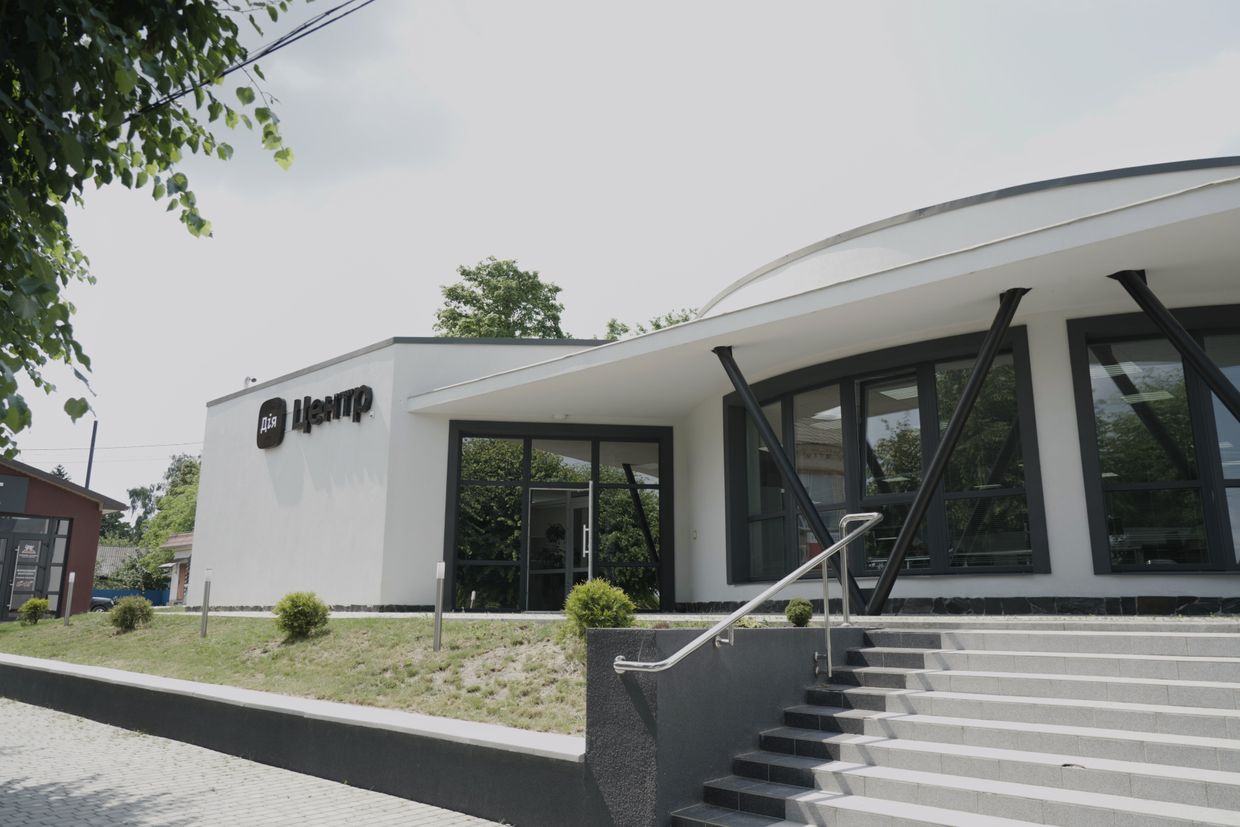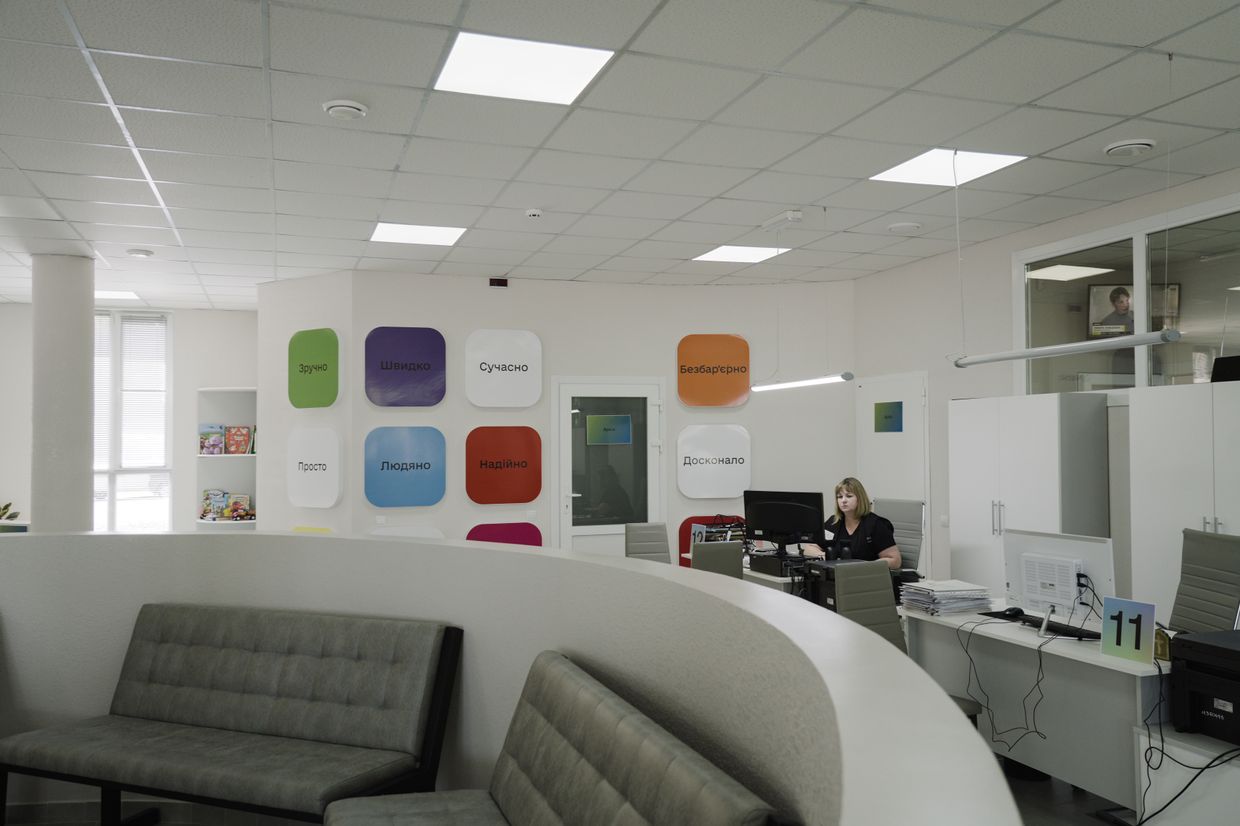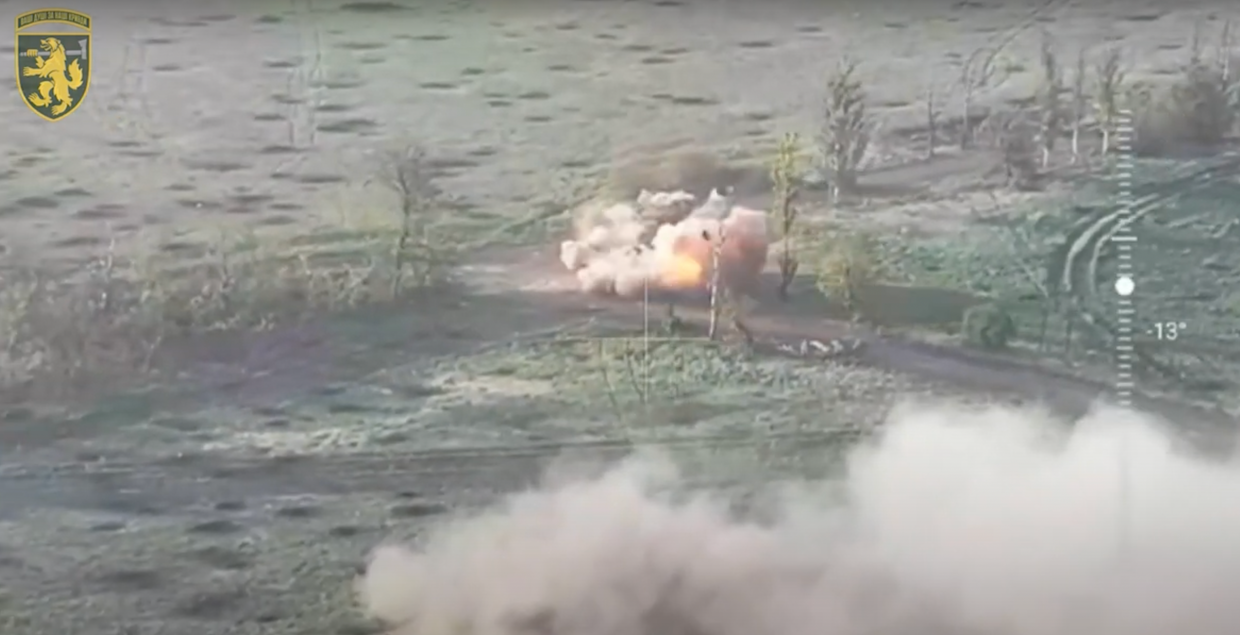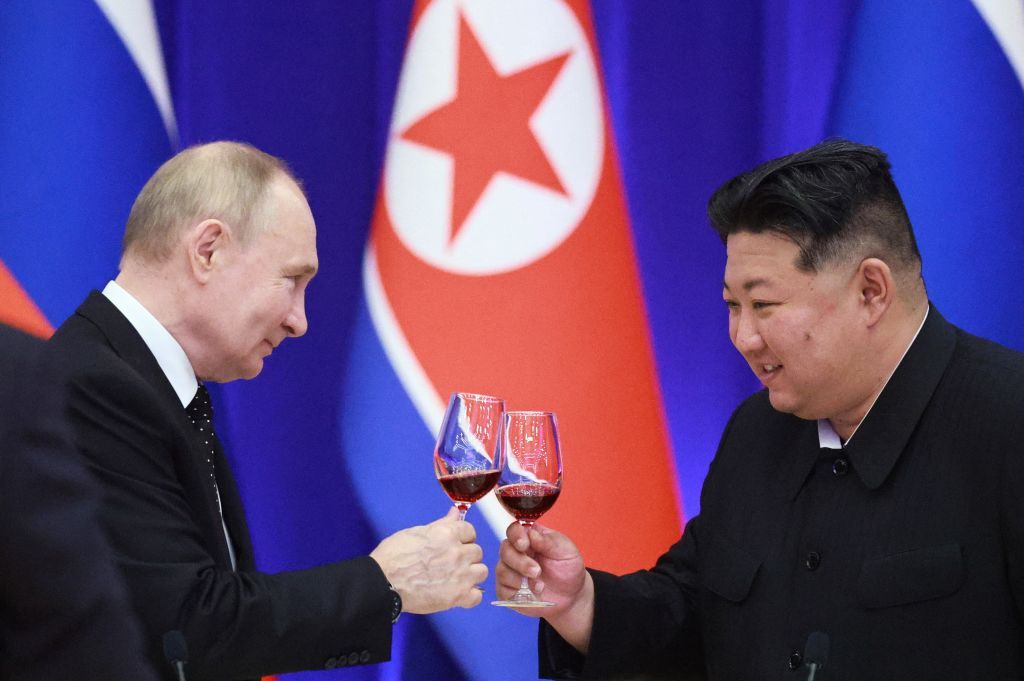Editor’s note: This story was sponsored by U-LEAD (Ukraine – Local Empowerment, Accountability and Development Programme), a partnership of the Ukrainian government and the European Union and its member states Germany, Poland, Denmark, and Slovenia to support the establishment of a multi-level governance that is transparent, accountable and responsive to the needs of the population of Ukraine.
TEOFIPOL, KHMELNYTSKYI OBLAST – Russia’s war has wreaked havoc on the Ukrainian agricultural sector, threatening food security both locally and abroad. The partial occupation of the southern Kherson and Zaporizhzhia oblasts, fierce fighting, and mined fields in Mykolaiv and Kharkiv oblasts have severely disrupted vegetable and fruit production, with 30% of the sector’s potential destroyed, according to authorities.
The prices of vegetables have increased, and so have the imports, experts say. So in response, the small town of Teofipol in western Khmelnytskyi Oblast, just 300 kilometers from the Polish border, decided to ramp up local vegetable production to help prevent a possible food crisis.
In 2023, the town received a grant through an international program and built its first new greenhouse, reducing its reliance on other regions' harvests.
“Understanding the large number of internally displaced persons (IDPs) and the fact that many of the regions where vegetable production was concentrated were immediately occupied (by the Russian troops), the decision was made to establish the so-called ‘gardens of victory,’” says Teofipol’s mayor, Mykhailo Tenenev.
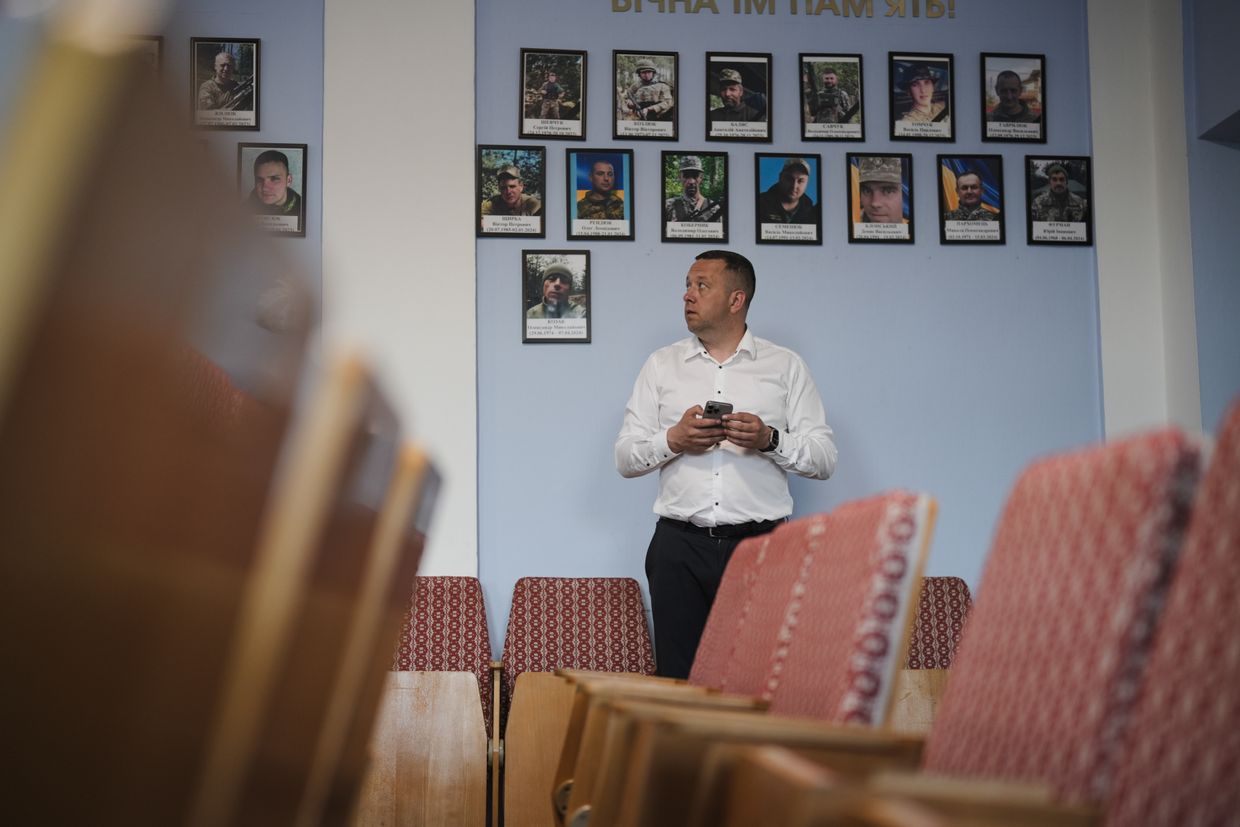
Planting seeds
Teofipol, nestled among meadows, hills, and lakes, is a well-kept town with clean streets and greenery everywhere. Unlike the regional capital of Khmelnytskyi and neighboring Starokostiantyniv, the town rarely comes under Russian attacks, largely remaining peaceful and welcoming.
Still, the full-scale invasion has brought challenges to this quiet settlement of over 6,000 people, which now includes more than 800 IDPs.
“Since the beginning (of the full-scale invasion), we’ve been welcoming people from all across Ukraine,” says Tenenev. “Nearly 8,000 internally displaced persons have passed through our community.”
Accommodating and supporting IDPs and supplying Ukrainian soldiers became the local authorities’ priority. And as talks of a possible food crisis grew in 2022, Teofipol officials decided to act.
They received an Hr 1.7 million ($42,000) grant for their food security program from U-LEAD (Ukraine – Local Empowerment, Accountability and Development Programme), a partnership between the Ukrainian government and the European Union and its members Germany, Denmark, Poland, and Slovenia.
“We won a competition and received support, which included training, greenhouse construction, and expert consultations," Tenenev said.
They soon launched the Vegetable Growing Development Hub, constructing a 500-square-meter greenhouse and planting the first seeds.
The initiative’s first stage in 2023, covered by the grant, implied distributing most of the seedlings among the vulnerable groups in the Teofipol community for free. The community includes more than 50 villages, with Teofipol being the administrative center.
“We distributed 36,000 seedlings,” Tenenev said. “Initially, people were skeptical (about getting) seedlings for free, or they were afraid they might be of poor quality, or that all vegetables would be taken away from them.”
“We bought high-quality seeds and got high-quality seedlings. So when they got the long-awaited result... of course, they were very pleased,” he said.


In 2024, the authorities expanded the hub by building another greenhouse, this one financed by the agro-industrial holding Astarta-Kyiv. They are currently growing 160,000 seedlings of various types of vegetables and fruit, including watermelons, a signature product of the partially-occupied Kherson Oblast.
As the vegetables are grown and sold here, that means “the money works here,” says Yurii Melnyk, who heads the hub.
According to mayor Tenenev, international partners’ support helps to make local communities more resilient by giving them opportunities for development.
“They do not only provide funds for consumption, although such cases do exist. But they give us support specifically for economic development, for projects, for business ventures, for entrepreneurs,” Tenenev said. “This today allows us to sustain our town.”
The initiative not only boosted the local agricultural industry but also taught locals effective vegetable-growing techniques and created much-needed new jobs for the community, which currently hosts 830 IDPs who had fled hot spots of the war, losing their property and jobs.
Today the hub employs 60 locals, including people with disabilities and IDPs.

One of them is Yuliia Tarasevych, 33, who six months ago relocated to Teofipol from the heavily-shelled Nikopol in Dnipropetrovsk Oblast with her 12-year-old son and three-year-old daughter.
She got help with finding accommodation in Teofipol, but getting a job was also crucial for Tarasevych. “I was left alone with the children. I had to provide for them,” she said.
In April, she started working at the greenhouse.
“I started earning money, so now I can go out with my children and buy them ice cream. Things have gotten better,” Tarasevych said.
Moving forward
According to Tenenev, 2022 was supposed to be a peak development year for the Teofipol territorial community, which was formed in 2020 under Ukraine’s decentralization reform.
Launched in 2014, the reform grants more economic and political freedom to small villages and towns.
“Before Feb. 24, 2022, our then-newly established community was just gaining momentum in its development. Numerous projects, including educational and infrastructural initiatives, were set to be implemented that year,” Tenenev said.
“Our focus was on youth, children, and community development,” he said.
Despite the full-scale invasion, the community’s ambitions to develop have remained, and it has already seen other “small victories” apart from the greenhouse project.
Last year, the first chain supermarket opened in Teofipol – before there were only small grocery stores. And in September, locals celebrated the opening of a modern Diia Center, which provides various administrative services under one roof.
“This is necessary because our bank, migration service, and social services were in different locations before,” Tenenev said. “None of these spaces were accessible for people with disabilities.”
The town also established Bibliohub – a hip place for young people, which combines a library and space for holding events. Tenenev said it quickly became a “central venue for all events in the community.”
Apart from making Teofipol a more convenient place to live in, new projects and better infrastructure also motivate locals to stay and continue developing the community instead of moving to bigger cities. Halyna Storozhuk, who works at the Diia Center, has recently returned to Teofipol after living in Kyiv for nearly a decade. She says she sees her future in her hometown now and enjoys seeing it evolve.
“Over the past three years, new mini coffee shops, cafes, grocery and commodity supermarkets have appeared in our community. Another chain supermarket is currently being built, and for the first time in many years, new housing is being developed,” Tenenev says.
“All this speaks of the development of our community, the improvement of conditions, and great prospects,” he says.
“We’re moving forward.”
